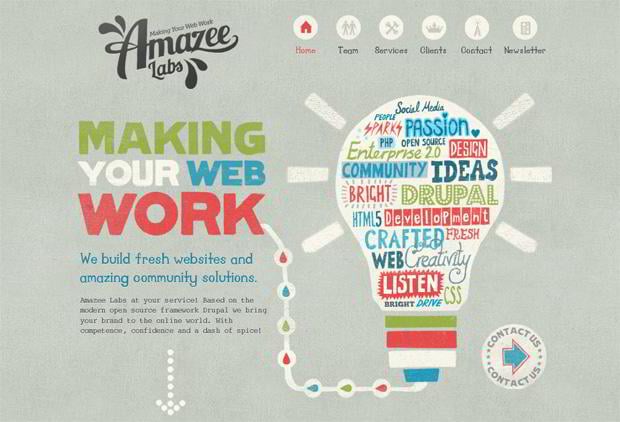The Growth Of Website Design: Then And Currently
The Growth Of Website Design: Then And Currently
Blog Article
Authored By-Pappas Lunde
In the past, web sites were easy and focused on information. Navigation was direct, and layout was for desktop computers. Currently, individual experience is vital. Data guides designs for very easy navigating. Receptive designs match different tools. Today, dark mode lowers pressure, and minimalist menus enhance navigating. Interactive attributes engage individuals, and vibrant visuals stick out. AI integration improves interaction. See how style has advanced to enhance your online journey.
Early Days of Website Design
In the early days of web design, simplicity preponderated. Web sites were standard, with limited colors, font styles, and formats. The focus was on giving information as opposed to flashy visuals. Users accessed the internet via sluggish dial-up links, so speed and performance were key.
Navigating food selections were straightforward, normally situated at the top or side of the web page. Web sites were made for computer, as mobile surfing wasn't yet common. Material was king, and designers focused on very easy readability over complex design elements.
HTML was the main coding language made use of, and designers had to function within its restrictions. Animations and interactive features were minimal contrasted to today's criteria. Internet sites were static, with little vibrant material or personalized individual experiences.
Rise of User-Focused Style
With the advancement of site design, a shift towards user-focused design principles has actually come to be progressively popular. Today, creating web sites that prioritize individual experience is important for engaging visitors and attaining service goals. User-focused design entails recognizing the requirements, preferences, and actions of your target market to customize the internet site's layout, web content, and includes as necessary.
Developers now perform thorough study, such as user studies and functionality testing, to gather understandings and comments directly from individuals. This data-driven strategy assists in creating user-friendly navigating, clear calls-to-action, and visually enticing user interfaces that resonate with visitors. By click this at the center of the style process, websites can supply a more personalized and pleasurable experience.
Responsive style has also emerged as an essential facet of user-focused layout, making sure that websites are enhanced for numerous devices and display sizes. This adaptability boosts availability and usability, catering to the diverse methods individuals engage with sites today. In essence, the surge of user-focused layout represents a change in the direction of developing digital experiences that focus on the requirements and assumptions of the end user.
Modern Trends in Web Design
Check out the most recent trends forming website design today. One popular fad is dark mode layout, using a smooth and modern look while decreasing eye strain in low-light environments. Another essential fad is minimalist navigation, simplifying menus and enhancing individual experience by focusing on essential elements. Integrating micro-interactions, such as computer animated buttons or scrolling effects, can develop a much more interesting and interactive website. Receptive style stays vital, ensuring seamless user experiences across numerous gadgets. Furthermore, making use of bold typography and asymmetrical formats can include visual interest and draw attention to particular content.
Incorporating AI innovation, like chatbots for customer assistance or personalized suggestions, enhances individual interaction and simplifies procedures. Access has also come to be a substantial pattern, with developers prioritizing comprehensive layout practices to accommodate diverse customer needs. Welcoming sustainability by maximizing site efficiency for rate and efficiency is another emerging fad in web design. Working together with individual feedback and data analytics to repeat and enhance design continually is crucial for remaining relevant in the ever-evolving digital landscape. By embracing these contemporary fads, you can create a visually appealing, user-friendly internet site that resonates with your target market.
Final thought
As you reflect on the evolution of web site design from the early days to currently, you can see how user-focused design has come to be the driving force behind contemporary trends.
Accept the journey of adjustment and adaptation in web design, always maintaining the customer experience at the center.
Tippingpointdigital
Stay present with the latest trends and modern technologies, and never ever quit evolving your technique to create visually spectacular and user-friendly websites.
Progress, adapt, and produce - the future of web design remains in your hands.
